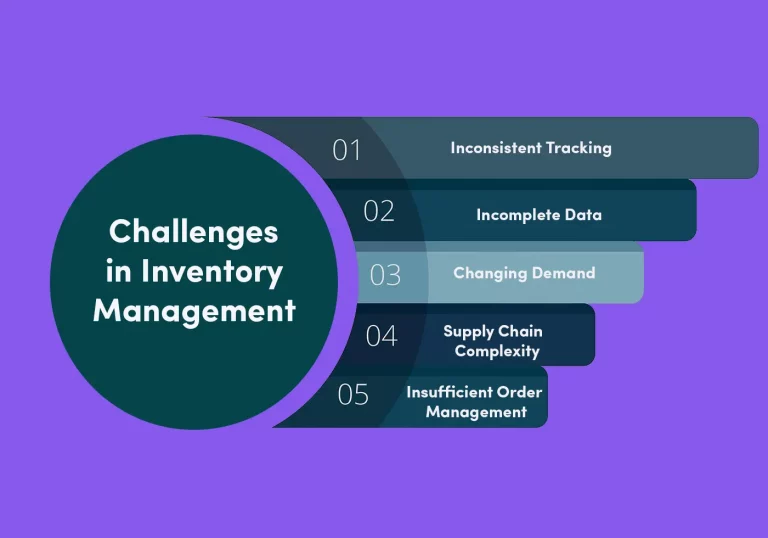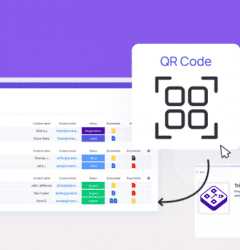
Introduction:
In the competitive world of small business, every decision can significantly impact your bottom line. Among these decisions, inventory management stands out as a critical factor that can either propel a business to success or lead it to financial struggles. Effective inventory management involves overseeing and controlling the ordering, storage, and use of products to ensure optimal stock levels.
Understanding Inventory Management
Efficient inventory control is essential for businesses dealing with physical products. Efficiently managing inventory streamlines operations, reduces costs, and satisfies customer demand. This process involves managing raw materials, components, and finished products, as well as warehousing and processing these items. The primary goal of inventory management is to ensure that businesses have the right amount of inventory available at the right time while minimizing costs and maximizing efficiency.
Importance of Inventory Management
Why Proper Inventory Management is Essential: Key Reasons
Firstly, inventory is one of the most valuable assets for a company. Insufficient inventory at critical times can disrupt operations and lead to serious consequences. On the other hand, holding too much inventory can result in higher costs, spoilage, theft, or unexpected changes in demand.
Secondly, inventory management helps businesses make informed decisions regarding when to restock inventory and what quantities to purchase. These decisions can greatly influence a company’s profitability. Some companies often rely on manual stock tracking using spreadsheets, while very few employ specialized inventory management software or customized applications. If your company is still using Excel sheets to manage inventory or lacks a formal inventory management system, it’s time for a change.
Challenges in Inventory Management:

Inconsistent Tracking
Manual inventory tracking is inherently flawed due to its redundancy, proneness to errors, and time-consuming nature. Employees tasked with manually logging inventory data are susceptible to mistakes, leading to inaccurate records. This issue is compounded as the volume of inventory grows, making manual tracking impractical and unreliable. The solution lies in adopting centralized inventory management software that features automated tracking capabilities. Such software ensures accuracy by reducing human error, streamlines the tracking process, and provides real-time updates on inventory levels.
Incomplete Data:
Transparency in inventory levels is critical for effective management, yet it remains a significant challenge. Businesses often struggle with incomplete or outdated data, which hampers decision-making processes. Real-time data integration from multiple sources, including sales channels, warehouses, and suppliers, is necessary to maintain an accurate and comprehensive view of inventory. Advanced inventory management systems can aggregate data from various touchpoints, ensuring that all stakeholders have access to the most current information, thereby facilitating better inventory control and planning.
Changing Demand:
Demand fluctuation is a constant challenge in inventory management. Businesses must balance maintaining sufficient stock to meet customer needs while avoiding the pitfalls of overstocking, which can lead to obsolete inventory. This balancing act requires sophisticated predictive order strategies that take into account historical sales data, market trends, and seasonal variations. Inventory management software equipped with predictive analytics can forecast demand more accurately, helping businesses to optimize their stock levels and minimize the risk of surplus or shortage.
Supply Chain Complexity:
The global nature of modern supply chains introduces a level of complexity that can be difficult to manage. Unanticipated lead times, geopolitical issues, and logistical challenges can all disrupt the supply chain, affecting inventory levels. Flexible inventory management processes are essential to navigate these complexities. This includes having contingency plans, diversifying supplier bases, and utilizing software that can adapt to changes in the supply chain in real time. Such systems can provide alerts and insights, allowing businesses to respond quickly to disruptions and maintain optimal inventory levels.
Insufficient Order Management:
Effective order management is crucial for avoiding issues like overselling and stockouts. Insufficient order management practices, often seen in businesses relying on outdated methods, lead to inefficiencies and customer dissatisfaction. Advanced order management systems, integrated with inventory management software, can predict order volumes based on historical data and current trends. These systems ensure that stock levels are appropriately maintained to meet demand, automate reordering processes, and provide visibility into the entire order cycle, from placement to fulfillment. This integration helps businesses manage their inventory more effectively and enhance overall operational efficiency.
Benefits of Inventory Management

Real-Time Inventory Tracking
One of the primary benefits of inventory management software is its ability to provide real-time tracking. Unlike static Excel sheets, inventory software provides up-to-the-minute data on stock levels, movements, and sales. This dynamic tracking ensures you always know what you have in stock, reducing the risk of stockouts and overstocking. It enables businesses to respond swiftly to changing demand, ensuring optimal stock levels and improved customer satisfaction.
Automated Inventory Processes
Manual inventory management is not only time-consuming but also susceptible to human error. Inventory management software automates various tasks such as order processing, stock level updates, and reordering. Automation reduces the likelihood of mistakes, ensures consistency, and frees up valuable time for your staff to focus on strategic activities that drive growth.
Improved Supplier Management
Clear and effective communication with suppliers is crucial for ensuring a seamless supply chain. Inventory management software often includes supplier management features, enabling businesses to track supplier performance, manage purchase orders, and maintain accurate records of transactions. This streamlined supplier interaction ensures timely restocking and reduces the risk of supply chain disruptions.
Integration with Other Systems
Modern inventory management software can seamlessly integrate with other business systems such as accounting, CRM, and e-commerce platforms. This integration ensures a cohesive flow of information across all departments, reducing data silos and improving overall operational efficiency. For instance, sales data from your e-commerce platform can automatically update your inventory levels, providing a real-time view of stock availability.
Data-Driven Insights
Inventory management software provides detailed analytics and reporting features, offering valuable insights into your inventory performance. Businesses can analyze sales patterns, identify slow-moving or obsolete stock, and track key performance indicators. These insights enable more strategic decision-making, helping businesses optimize their inventory and enhance overall profitability.
Enhanced Customer Satisfaction
Customer satisfaction is directly tied to your ability to meet demand promptly. Inventory management software ensures that you have the right products available at the right time, reducing the likelihood of stockouts and backorders. Happy customers are more likely to return and promote your brand, fostering long-term business success.
Scalability and Flexibility
As your business expands, managing your inventory will become increasingly complex. Inventory management software is scalable, allowing you to handle increased volumes and complexities without sacrificing efficiency. It provides the flexibility to adapt to new business models, such as multi-channel retailing, ensuring that your inventory processes can scale alongside your business.
Cost Control:
One of the primary benefits of efficient inventory management is cost control. Overstocking products ties up valuable capital that could be better utilized elsewhere, such as marketing or product development. Additionally, storing excess inventory incurs costs for storage space, security, and potential spoilage or obsolescence. Conversely, understocking leads to stockouts, causing missed sales opportunities and disappointing customers. By striking the right balance, small businesses can optimize cash flow and reduce unnecessary expenses.
Conclusion:
Inventory management might seem like a behind-the-scenes activity, but its impact on a small business is profound. From controlling costs and enhancing customer satisfaction to boosting efficiency and driving profitability, effective inventory management is a cornerstone of small business success. By investing in robust inventory management practices and systems, small businesses can build a solid foundation for growth, resilience, and long-term prosperity. Evaluate your inventory management strategies and make the necessary improvements—your bottom line will thank you.
For those seeking advanced Inventory management solutions, tools like Triggerly on monday.com can further enhance your inventory management by providing cutting-edge features and integrations that streamline operations and improve accuracy.
Recent Posts
- How to use Smart Columns to identify key dates like holidays and label them automatically for better resource allocation on monday.com boards
- How to use Smart Columns to never miss an SLA target again on your monday board
- How to use Smart Columns for Casting advanced formulas into standard columns
- How to use Smart Columns to set regional numbers & dates formatting on your monday.com boards
- How to use Smart Columns to enforce conditional logic to monday.com board status columns
- How to use Smart Columns to validate any phone number stored in your monday.com phone board column
- How to use Smart Columns to enforce Mandatory Columns to any standard column on monday.com board

